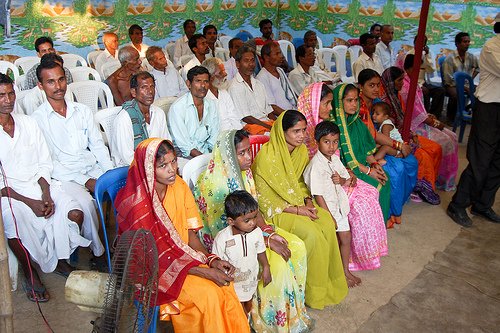
CMCC’s researchers describe some of the outcomes and the follow-up developments of the European project BRAHMATWINN, with a special focus to the analyses carried out to identify governance gaps with respect to response strategies to deal with the expected impacts of climate change in the field of water resources management.
The paper, by Valentina Giannini and Carlo Giupponi from CMCC’s CIP division (Climate Impacts Policies. An Economic Assessment), describes an innovative approach (based on the analysis of gaps in the governance status with specific focus on response strategies options) implemented to address flood risk.
The ultimate goal of the approach is to support a process that develops recommendations for the strengthening of the governance framework to deal with the impacts of climate change.
A knowledge integration table (KIT) is proposed for the integration of scientific and local knowledge and this lays the foundation for the identification of the gaps between existing legal framework and real life needs. A Gap Analysis Matrix (GAM) is then created for the identification of gaps within the governance framework by elaborating further on the contents of the KIT: identifying potential gaps in water resource management policies, the synthesis of GAM should provide a list of recommendations for Integrated Water Resources Management (IWRM).
Photo by IRRI


